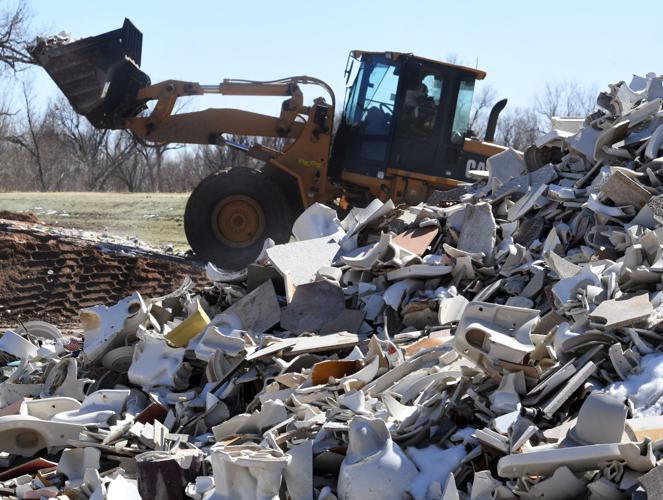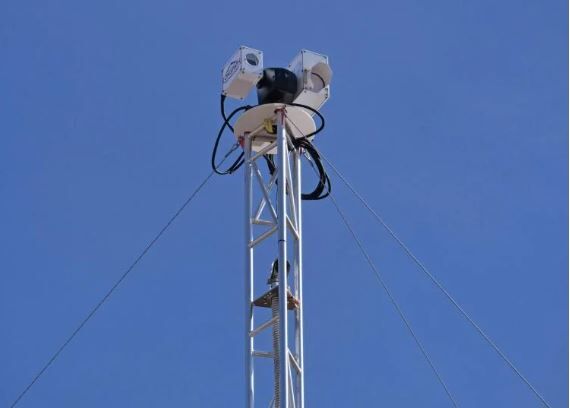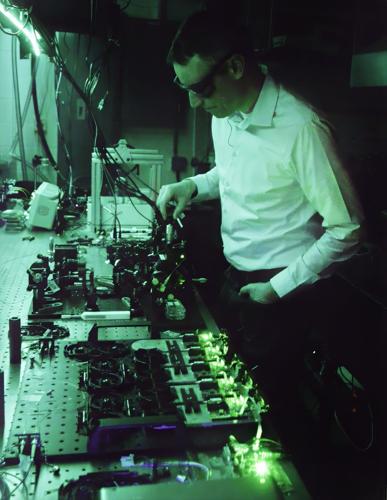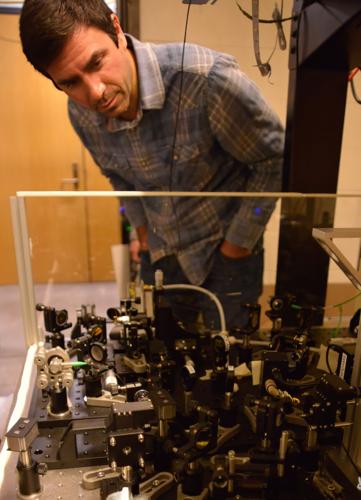Colorado eyes pollution regulation expansion on landfill methane emissions
Methane from solid waste landfills has become the focus of a new regulatory effort by the Colorado Department of Public Health and Environment.
The health agency is proposing to implement rules for landfill methane emissions that go above and beyond Environmental Protection Agency regulations mandating emissions controls for larger landfills.
Last month, health department board members presented an overview of why the agency is pursuing a landfill methane rule and discussed the effects of fugitive methane on atmospheric heating at a virtual public meeting, which kicked off the public comment phase of the proposed rulemaking.
Tim Taylor, supervisor of the Strategy Development Unit of the Air Pollution Control Division, gave the bulk of the presentation.
“When you look at the state’s greenhouse gas inventory, (landfill methane) is about 1% of statewide emissions, which may not seem like much,” Taylor said. “However, it’s important to keep in mind that every bit of emissions that can be reduced helps in reaching our overall reduction goals, especially when it comes to reducing methane, which has a higher warming impact than carbon dioxide for landfills.”
A short time later Taylor backtracked on the 1% statement and said measured emissions from the landfills are about 40% higher than what is reported under the EPA’s Greenhouse Gas Reporting Program. A separate analysis released in September 2024 shows landfill emissions are almost double what is reported to EPA, Taylor added.
Colorado is contemplating regulations that would require more landfills not regulated by the EPA to install methane capture systems and comply with stricter monitoring and reporting requirements if their emissions exceed the complex new proposed state standards, Taylor said.
One new standard would potentially shorten the EPA-allowed five-year time allowance to install equipment to as short as 18 months, as California and Washington require.
“I know some of you may be thinking, ‘Well, why is Colorado pursuing the landfill methane rule if EPA already has emission control requirements for landfills?’” said Taylor. “The short answer is that Colorado, as it has done with other sectors when it comes to air pollution, is allowed to go above and beyond what is required by EPA, and we know there are opportunities to achieve greater emission reductions from landfills than what EPA requires, and that’s something that other states have already done, as well.”
Those states included California, Oregon, Maryland, and Washington, he said.
“Colorado has reviewed these state regulations to help inform the development of our landfill methane rule proposal, and we believe the framework of these state regulations provides a good starting point for us to use,” said Taylor.
In 1991, under the Resource Conservation and Recovery Act, the EPA established criteria for municipal solid waste landfills that required methane monitoring equipment and systems to control off-site migration of methane.
In 1996, under the Clean Air Act, the EPA issued the New Source Performance Standards and Emission Guidelines targeting landfill gas emissions, including methane, from large landfills. These regulations mandated the installation of gas collection and control systems in landfills that met specific design capacities and emission thresholds.
Last year, the EPA said food waste was responsible for about 58% of fugitive methane emissions from landfills and recommended diverting food waste to slash methane emissions in the sector. A May 2024 report by Industrious Labs analyzing reports submitted by landfill operators to the EPA said that of the 22 landfills where EPA inspectors monitored emissions, 711 methane exceedances over the EPA limit of 500 parts per million were recorded.
The report said federal regulations require that someone walk around a waste facility four times per year with a detection device held close to the ground, stopping to monitor for leaks every 100 feet. If the methane concentration detected is above 500 ppm, the location must be noted and reported, and the landfill operator has 10 days to take corrective action and re-monitor.
Critics said that the walking method is time-consuming, labor-intensive and inaccurate. Taylor said the state is contemplating decreasing the grid distance to 25 feet.
Taylor said the state is also looking for alternative monitoring systems that would improve speed and accuracy.
LongPath Technologies, a Boulder company that developed and is currently deploying a laser-based system for detecting and quantifying point-source methane emissions from oil and gas facilities, is adapting its technology to monitor and quantify emissions at landfills.
“When development is complete, the LongPath system can be used for both continuous measurement and data gathering,” said Greg Rieker, co-founder and chief technical officer at LongPath Technologies and Associate Professor of Mechanical Engineering at the University of Colorado. “Or, using different configurations, it can search for and quantify individual plumes of methane emitted as large amounts of organic matter decompose.”
One configuration that LongPath has tested is a drone with a mounted retroreflecting mirror that is tracked by the laser module to measure and geolocate methane concentrations rapidly.
“With landfills gaining attention around methane emissions, LongPath has turned its attention to translating our large-area methane emissions detection system for use in this industry,” said Rieker.
LongPath’s 1.5-mile laser beams can either create a fixed laser fence around a facility to continuously monitor methane as it moves away from the facility or detect emissions hotspots with beams that cross the facility.
Rieker said LongPath’s first deployment to a landfill will take place in January, as part of an effort led by the University of Colorado.
Taylor said the agency plans to present the proposed rule to the Air Quality Control Commission at its April 2025 meeting and that two more public outreach meetings will be held on Jan. 11 and Feb. 26.
Taylor said public comments on the rule proposal can be submitted any time prior to the request for rulemaking hearing in August at climatechange@state.co.us with the subject line “landfill methane reduction.”








